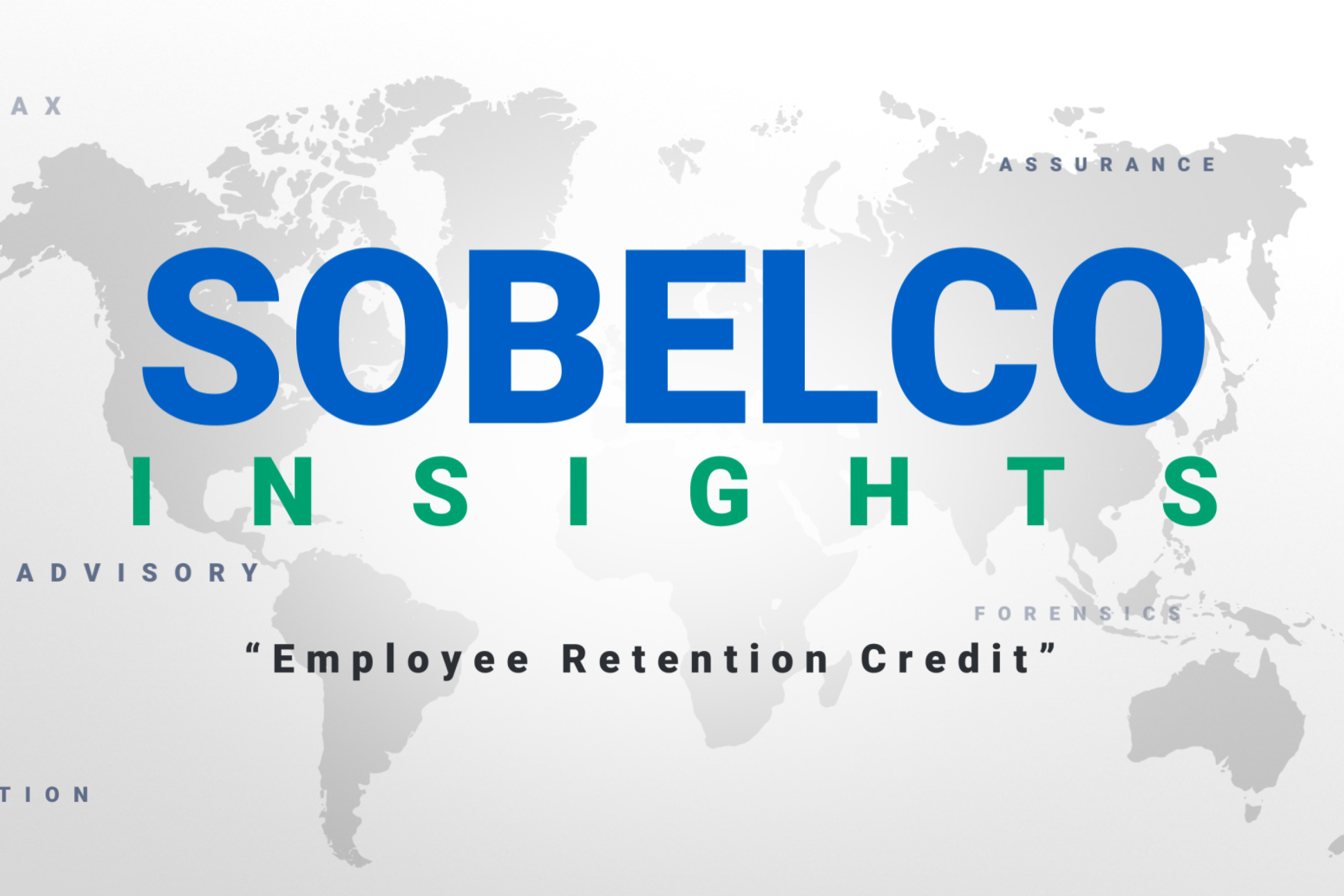
Customer loyalty has always been a well-known, high priority to businesses in the retail sector. This has never been more true, and especially important to business owners and managers in the supermarket industry than of any other. So how can grocery stores maximize their customer retention and loyalty?
For an industry that is constantly changing and innovating, the answer is not so simple. As many of us are familiar with, retailers have found customer loyalty to improve significantly through rolling out membership and customer loyalty programs that offer discounts and allow patrons to earn rewards through their repeat shopping. Though, a key element of these programs is also the ability to gather customer data to better understand shifting consumer preferences. With more products meeting these shifting consumer preferences, it has become impossible for a retailer to continue expanding the variety of their offerings, so using customer and sales data to understand these preferences and enhance the customer experience is key to developing a lasting relationship with the customer.
Furthermore, customers value convenience of the shopping experience. Some modern grocery alternatives like Amazon Go are prioritizing this to the extent that they have developed technology such as check-out free shopping. However, research also shows that positive employee interaction and the overall shopping experience are also valued highly by grocery customers. This demonstrates the importance of grocery retailers training their employees well and encouraging good communication skills, while also figuring out ways to introduce and integrate new and evolving technology.
The answer to how best to develop customer loyalty may not be a simple answer. Instead, the retailer’s best hope for customer retention may be to understand which of these aspects their customers value most and to deliver a well-balanced shopping experience. Regardless of this, the key to understanding the true value of customer loyalty are two simple facts. Retaining existing customers will cost the grocer less than acquiring new customers and repeat customers will always spend more than unfamiliar customers.


